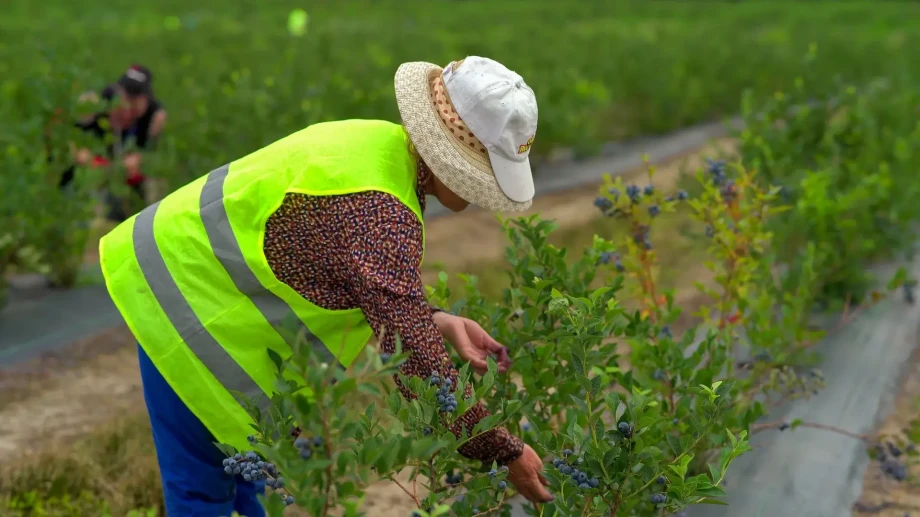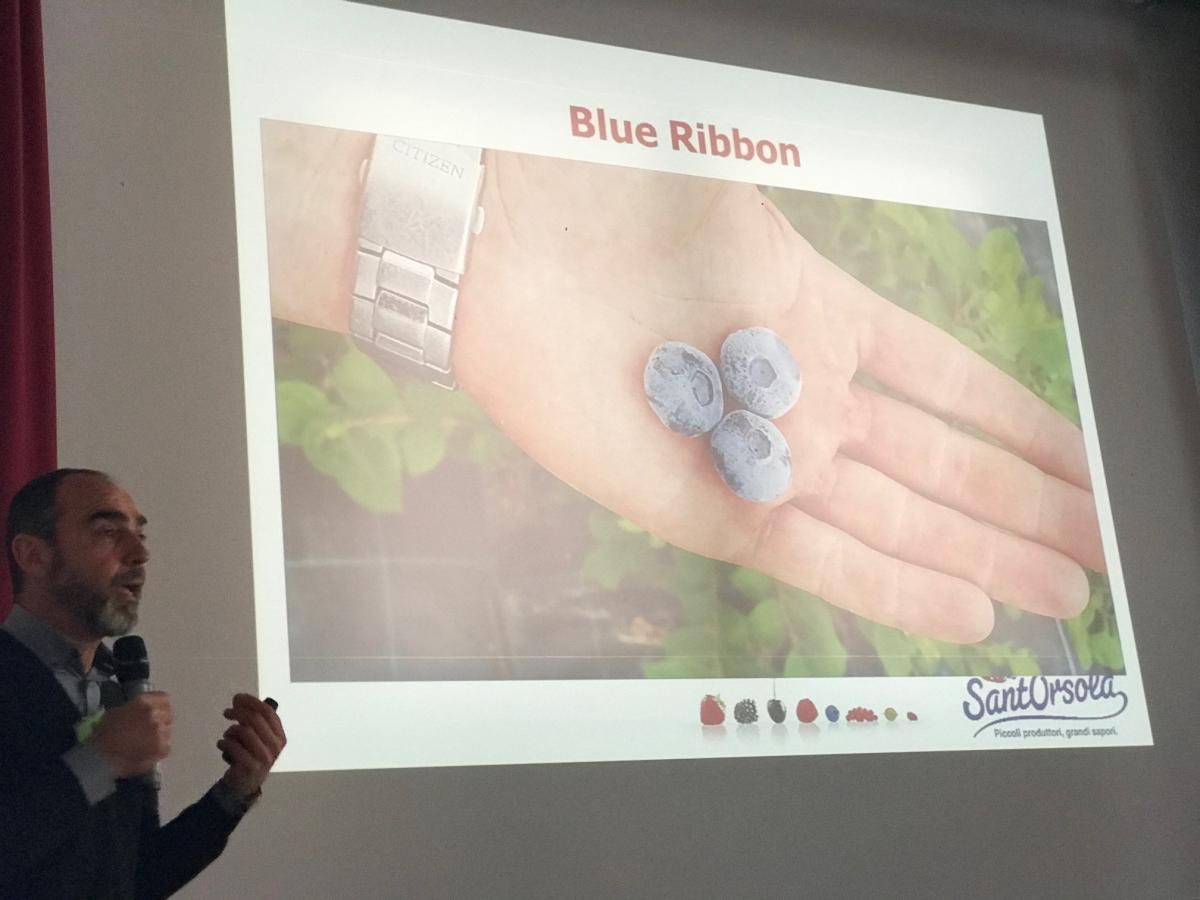Exploring Georgia’s Blueberry Boom: An Interview with Shota Tsukoshvili, CEO of the Georgia Blueberry Growers Association
In this exclusive conversation with Italian Berry, Shota Tsukoshvili, CEO of the Georgia Blueberry Growers Association (GBGA), offers a deep dive into the rise of Georgia’s blueberry industry, covering everything from its rapid growth in cultivated area to strategic developments in the supply chain and export markets.
Italian Berry: Shota, can you tell us about the origins of Georgia's commercial blueberry industry and the current scale of cultivation?
Shota Tsukoshvili: Absolutely. Georgia’s journey in commercial blueberry farming began relatively recently. Our first orchards were established in 2011 through a pilot project across three regions. After extensive research and trials to determine which varieties best suited Georgia’s climate, the industry started gaining momentum, especially after 2015. Today, we have over 3,000 hectares of blueberry orchards spread across the country, driven by both small and large-scale growers. This rapid growth has transformed Georgia into one of the emerging players in the global blueberry market.
The growth in production has been impressive. Can you share some statistics on blueberry exports over the past few years?
Yes, the export numbers have indeed been encouraging. In 2020, Georgia exported 665 tons of blueberries, a figure that rose to 933 tons in 2021. This growth continued with 1,392 tons in 2022, and by 2023, we reached 3,462 tons. This year, we expect to export around 4,980 tons—a remarkable increase in a short time. This growth is a testament to the hard work of our growers and the favorable conditions Georgia offers for blueberry farming.

What is the outlook for your industry?
Our current forecast is a crop of 20.000 - 25.000 tons of Georgian blueberries in 2028.
Could you elaborate on the specific regions in Georgia where blueberries are cultivated and the type of climate they benefit from?
Blueberries thrive in western Georgia, particularly in the regions of Samegrelo, Guria, Imereti, and Adjara. These areas have a humid subtropical climate with mild winters and hot, humid summers, which are ideal conditions for blueberries. We also benefit from abundant rainfall that naturally meets the water needs of our crops. The proximity to the Black Sea moderates extreme temperatures, reducing the risk of frost damage.
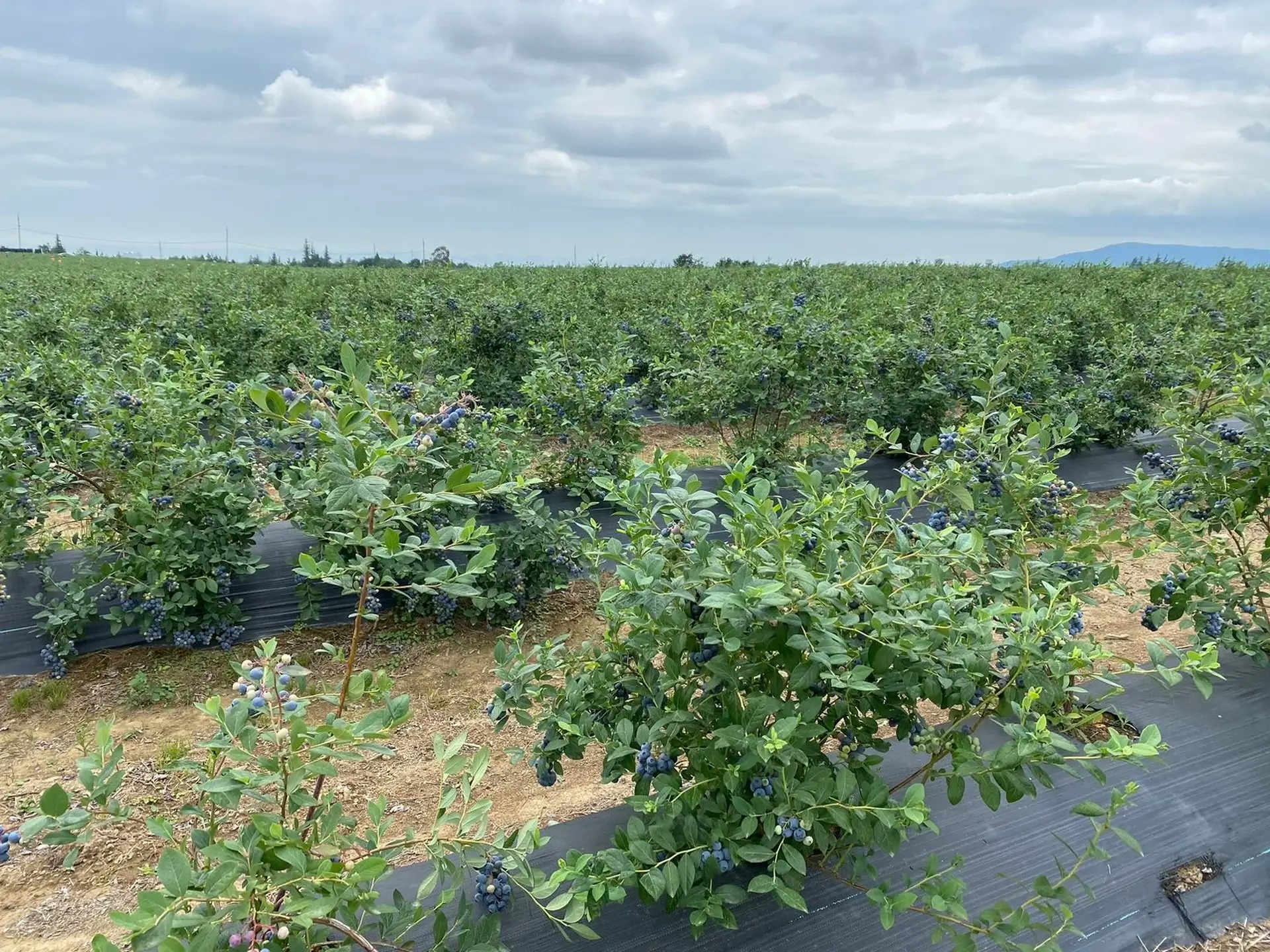
Interestingly, these lands were once tea plantations, which has left us with naturally acidic soil—a perfect environment for blueberry production. In addition, we’re exploring low-chill varieties that we can grow under covered tunnels, which could make Georgia one of the few countries capable of growing low, mid, and high chill varieties all in the same season.
That’s fascinating. How many growers are involved, and what are the typical farm sizes?
We currently have around 1,000 small growers, each managing approximately 0.5 hectares. There are also about 400 farmers with farms ranging from 1 to 5 hectares, and about 150 larger-scale farmers with farms between 5 and 200 hectares. This mix of small and large growers adds diversity and resilience to the industry, helping us meet both domestic and international demand.
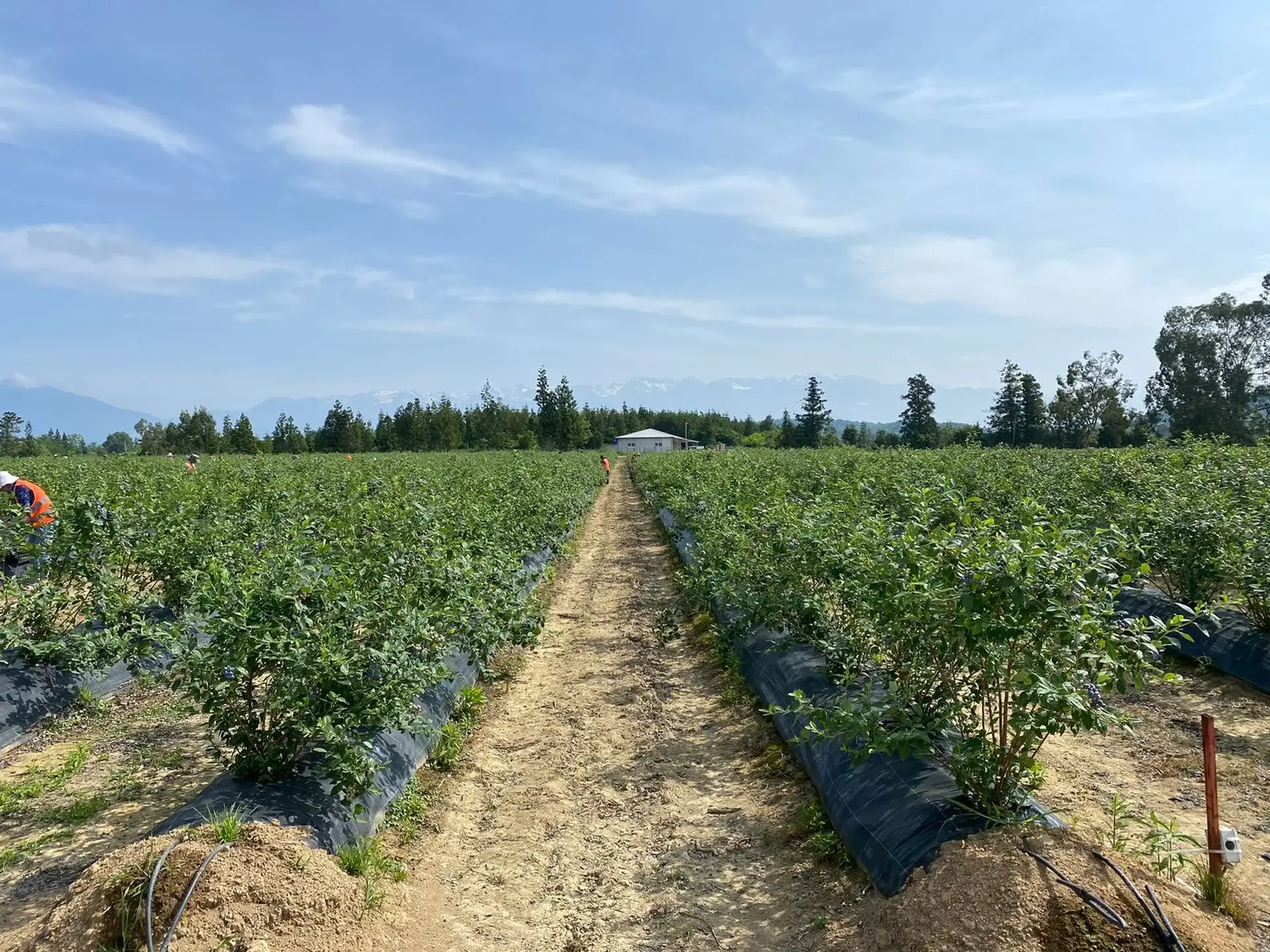
Let’s talk about the varieties grown in Georgia and the harvesting season.
The most popular varieties here are Suziblue, Miss Alice Mae, Miss Jackie, Blue Ribbon, Top Shelf, Legacy, Duke, and Sweetheart. Harvesting starts early, with tunnel-grown crops ready in early May. For open-field blueberries, harvesting typically begins in the last week of May and continues until early July. There’s a unique market advantage during this period since there’s a production gap in Europe from late May to late June, with few players in the market, such as Serbia and, later, Romania. This timing enables us to capture a high-demand window for blueberries.
How is Georgia’s supply chain structured for blueberries, from growers to markets?
The supply chain is well-organized to preserve freshness and meet quality standards. For blueberries packed in 125-gram punnets, we prioritize getting them from farms to nearby packing facilities as quickly as possible. There, the blueberries are sorted, graded, and packaged using automated systems, with rigorous quality checks to ensure only premium-quality berries reach the market.
For bulk orders, blueberries are packed into 3.2 kg boxes and pre-cooled before being transported in refrigerated trucks to sorting and packing facilities. These are managed in coordination with our foreign buyers and are often delivered directly to supermarkets. Georgian growers adhere to international food safety standards, holding certifications such as GLOBAL GAP and GRASP, which assures buyers of our quality and compliance.
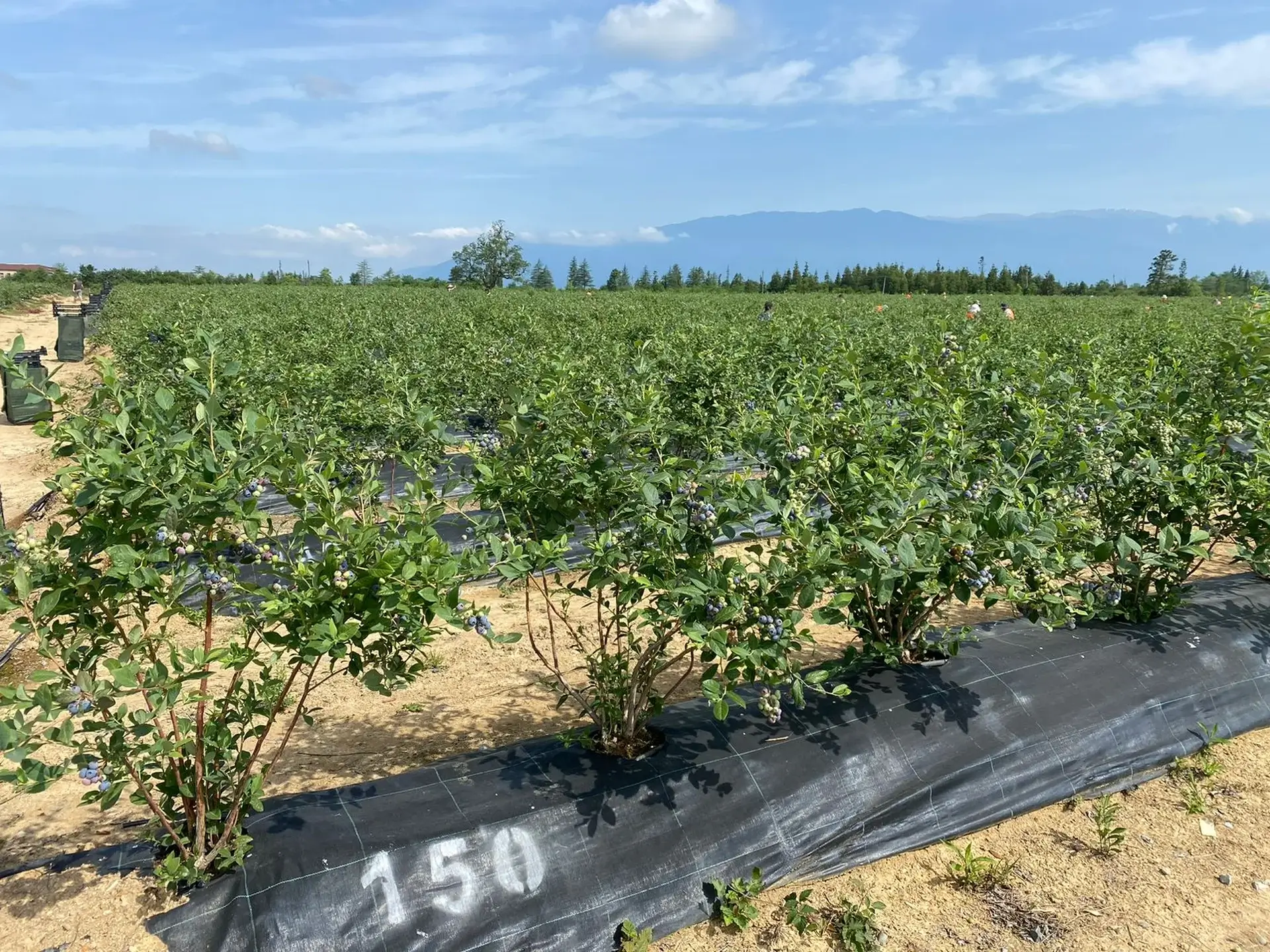
Where are most of Georgia’s blueberries sold? Are there key export markets?
Our main markets are CIS countries, the EU, and the Gulf. We’re ideally positioned geographically to serve these regions, with logistics making it possible to reach Germany within 6-7 days and Poland within 6 days. This proximity is an advantage, allowing us to deliver fresh produce efficiently to key international markets.
What role does the Georgia Blueberry Growers Association (GBGA) play in supporting the industry?
The GBGA plays a crucial role in supporting blueberry farmers and connecting them to international markets. We were established to help growers and buyers work together by bringing international expertise in agronomy and post-harvest practices. By coordinating production across multiple farms, we enable Georgian growers to fulfill large orders from big clients seamlessly during the export season.
The GBGA also advocates for growers’ interests with government bodies, helping secure subsidies and grants, and actively promoting Georgian blueberries in international markets. We organize training sessions, workshops, and events to keep growers updated on industry standards, certifications, and market trends. Our goal is to strengthen Georgia’s blueberry sector and position it competitively on the global stage.

What do you see as the future trends for blueberry cultivation in Georgia?
The future of blueberry cultivation in Georgia is promising. We’re witnessing a trend toward expanding cultivated areas and introducing new, premium varieties. Recently, growers have started planting exclusive varieties like Sekoya Crunch, Sekoya Grande, and Sekoya Fiesta from international nurseries like Fall Creek. These varieties are known for their high fruit quality and market appeal, aligning well with demand in export markets.
Our subtropical climate provides a unique advantage, as it allows us to grow low-chill varieties in tunnels without additional heating. We’re currently running pilot projects to test these low-chill varieties, which could diversify our production options and further strengthen our global position. As cultivated areas grow and new varieties are introduced, I believe Georgia will continue to establish itself as a competitive and valuable supplier of blueberries.










